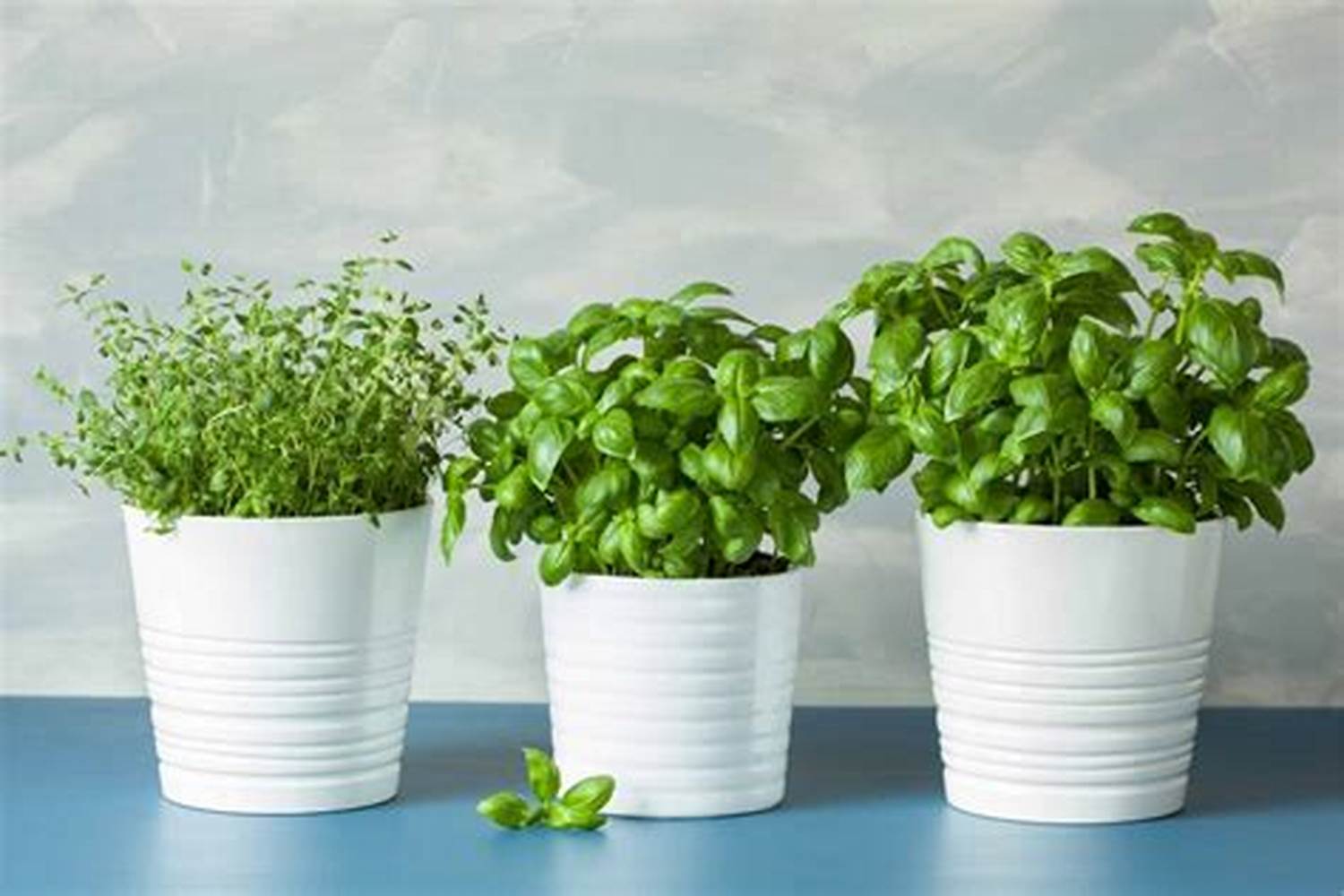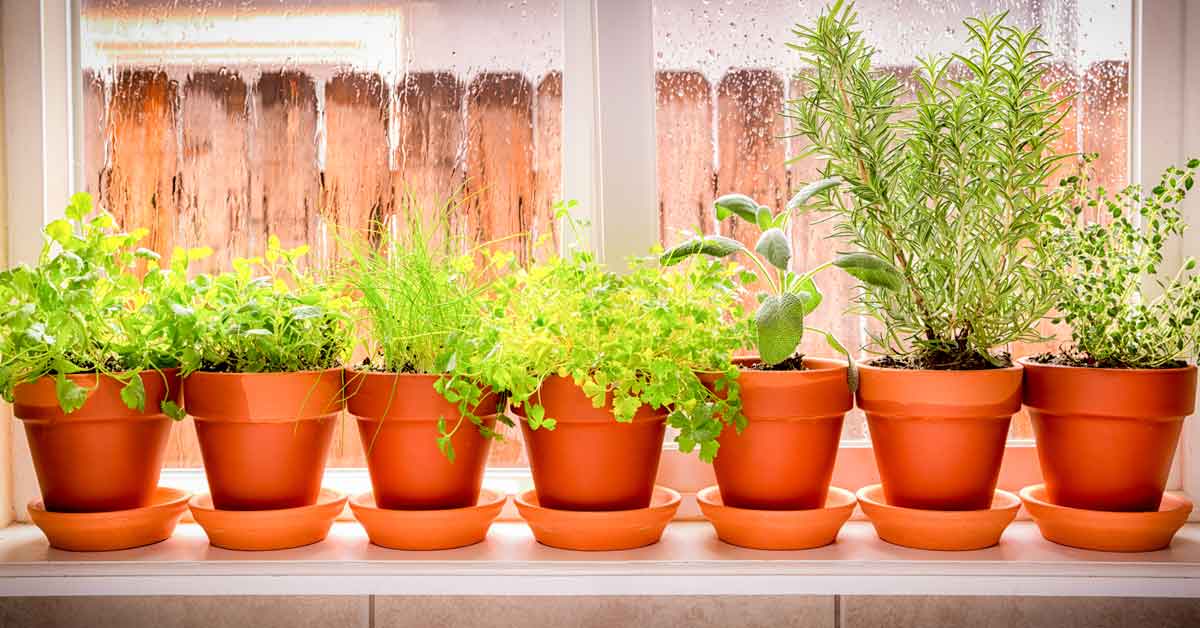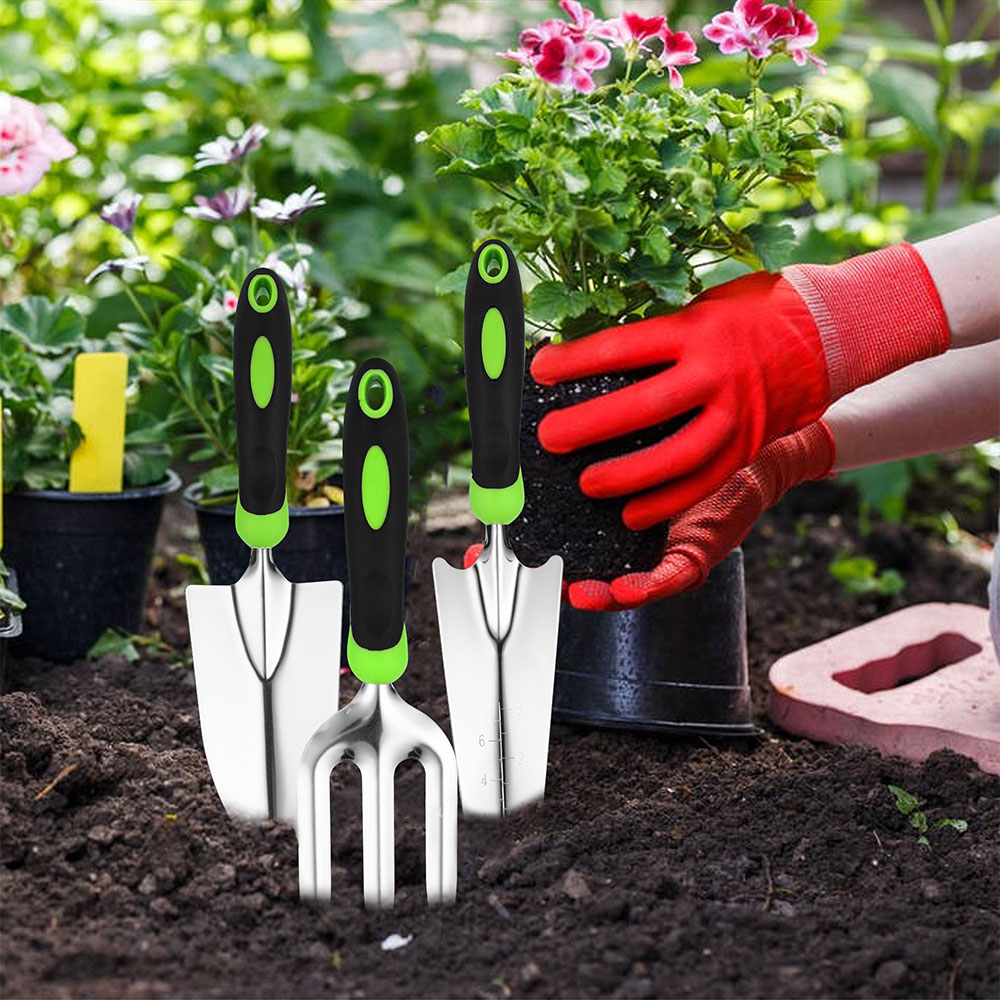When tidying a rose bed, if it is too consolidated to hoe, use a small sharp spade, and just chip the soil surface, holding the spade almost vertical, and making chips close together and about 3cm or 1 inch deep. After a few dry days, the bed should hoe down nicely; and you could take the chance of putting on some rose fertilizer, and hoeing it in at the same time.
Be careful, when working among the roses, not to knock them with tools, because the injuries so caused may seriously impede the flow of sap, which travels just inside the bark. They may also admit canker spores from the soil and cause trouble later on.
Do not leave labels tied round the base of the plants. They are sure to be forgotten, and when found a few years later, their string (or, worse still, wire) may be strangling the plant.
Feeding Your Garden Roses
As the roses grow, even their young leaves are a delight, and one’s instinct is to help them along with food. There are several good rose fertilizers on the market, and they may be applied at intervals of about a month, from after spring pruning, up to late June, when you should stop.
Try to avoid doing it in dry, windy weather, or the fertilizer will blow away. It is best applied when the soil is damp, or just before it is going to rain. Early applications may be applied on a frosty morning—the fertilizer goes down with the thaw.
Foliar Feed
Foliar feed is useful, because it is very quickly available to the plants, being sprayed on the leaves, which take it in at once. Therefore it can be a tonic to any plants which seem in need, also to those which do not appear to benefit from fertilizer, as often occurs on highly alkaline soils. It may be applied when the plants have sufficient leaves to catch it, and up to late summer to help the autumn flowers.
Mulches
Mulches add humus to the soil, which otherwise may get very little in all the years the roses occupy it. They may be of rotted manure, compost, or peat. Manure or compost are best put on after pruning, and chipped in with a spade, as already described.
Peat
Peat, having no immediate food value, may be applied when the roses are nicely started into growth, for the soil will then be warmed up, and there is no virtue in insulating cold soil with a layer of peat.
There are no set rules about fertilizing by one or the other of these three methods. Rather it is a matter of suiting one’s inclination and pocket, and learning by trial which method, or combination of methods, gives the results one likes.
Pests and Diseases
Of the pests and diseases to watch for, greenfly is the most common, mildew and blackspot the most annoying, and rust the most dangerous. The first three are easy to see, but rust often escapes notice. Watch out for it on the lower leaves, and if you see yellow dots, like pin pricks, look under the leaf. Rust grows there, in groups of orange pustules, which turn black when mature. Elsewhere on this website is a section on pests and diseases, to which you may refer for remedies.
But so far as roses go, remember they have a strong instinct to survive, and if you think something has ruined your roses, you can usually cut it off, burn it, and find the plants will grow again. Then perhaps next year, you will put on the cure in time. A plant which consistently gives trouble should be discarded, because you can soon spend more money on spraying than on buying another rose bush!
Most roses are growing on the roots of a wild rose, which occasionally sends up suckers. Do not believe the old story that they can be identified by the number of their leaflets; seven is the usual tale, and it is highly unreliable. The surest way is the point of origin. If it is from the rootstock, it is sucker. If from the rose, it is rose. But don’t forget the stem of a standard counts as rootstock for this purpose.
Suckers should be pulled or rubbed out as soon as seen; otherwise they become woody, and are more difficult to get rid of. To obtain subsequent crops of flower more rapidly, remove the old flowers when they cease to please. This encourages the plant to grow again, instead of peacefully setting seed.
Varieties of Roses You Can Grow In Your Garden
This guide on how to grow roses would be incomplete without giving some hint of the wonderful beauty which the genus offers. The starting point for most people is hybrid tea roses, either as bushes or standards. The large, high centered blooms of hybrid teas are, in popular estimation, true and traditional roses. In fact, they are only about a century old.
Some of the most resplendent to grow at the time of writing are in red: ‘Alec’s Red’ and ‘Red Devil’; in scarlet: ‘Alexander’ and ‘Fragrant Cloud’; in pink: ‘Silver Jubilee’ and ‘Wendy Cussons’; in orange salmon: ‘Just Joey’ and ‘Typhoon’; in yellow: ‘Grandpa Dickson’ and ‘Sunblest’; in near white: ‘Elizabeth Harkness’ and ‘Pascali’; and in lilac ‘Blue Moon’.
Beautiful as hybrid teas are, there is a temptation to have a riotous sea of color, and floribundas are the roses for that purpose. Their flowers vary in doubleness, but have the common factor of flowering in large heads very abundantly.
The superb ones today are in red: Evelyn Fison’ and ‘Rob Roy’; in scarlet: ‘Orange Sensation’ and ‘Trumpeter’; in pink: ‘Pink Parfait’ and ‘Queen Elizabeth’ (which is tall); in orange salmon: ‘Redgold’ and ‘Southampton’; in yellow: ‘Korresia’ and ‘Sunsilk’; in near white: ‘Iced Ginger’ and ‘Iceberg’; and in lilac: ‘Escapade’ and ‘News’.
Small gardens ask for small neat plants, which in roses may be had from short growing floribundas and from miniatures, the latter having tiny leaves in proportion. Some of the best are in red: ‘Marlena’ (Flor); in scarlet: ‘Starina’ (Min); in pink: ‘New Penny’ (Min) and ‘Royal Salute’ (Flor); in yellow and salmon: ‘Baby Masquerade’ (Min); in yellow: ‘Rosina’ (Min); and in near white: ‘Easter Morning’ (Min).
Roses are glorious shrubs, and there is a fantastic range of beautiful plants among them, outside the commonly seen garden varieties. The beginner could well plant ‘Canary Bird’, R. moyesii ‘Geranium’ and R. rugosa scabrosa, and see if he is not tempted to adventure further.
Climbing Roses
Climbing roses are excellent for growing up pergolas.
The best climbing roses are perhaps: in red: ‘Parkdirektor Riggers’; in scarlet: ‘Altissimo’; in pink: ‘Handel’ (pink and white) and ‘Pink Perpetue’; in orange salmon: ‘Compression’; in yellow: ‘Golden Showers’; and in cream: ‘Mermaid’.
Conclusion
When the beauty of roses has enriched anyone’s life, he is in company with his ancestors beyond any genealogist’s tracing; and a very sensible step is to join also his contemporaries, by becoming a member of the American Rose Society or Royal National Rose Society at St. Albans, UK.



